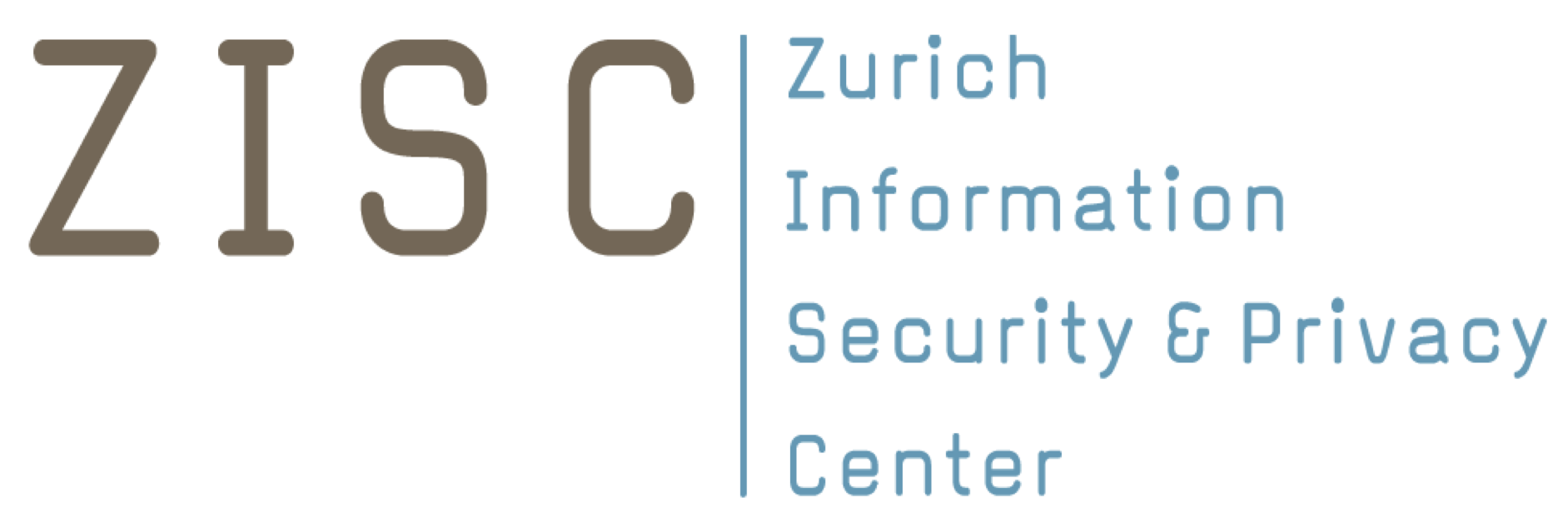[ZISC Lunch Seminar] (Un)linkable identifiers for distributed databases
Abstract When data maintained in a decentralized fashion needs to be synchronized or exchanged between different databases, related data sets usually get associated with a unique identifier. While this approach facilitates cross-domain data exchange, it also comes with inherent drawbacks in terms of controllability. As data records can easily be linked, no central authority can
